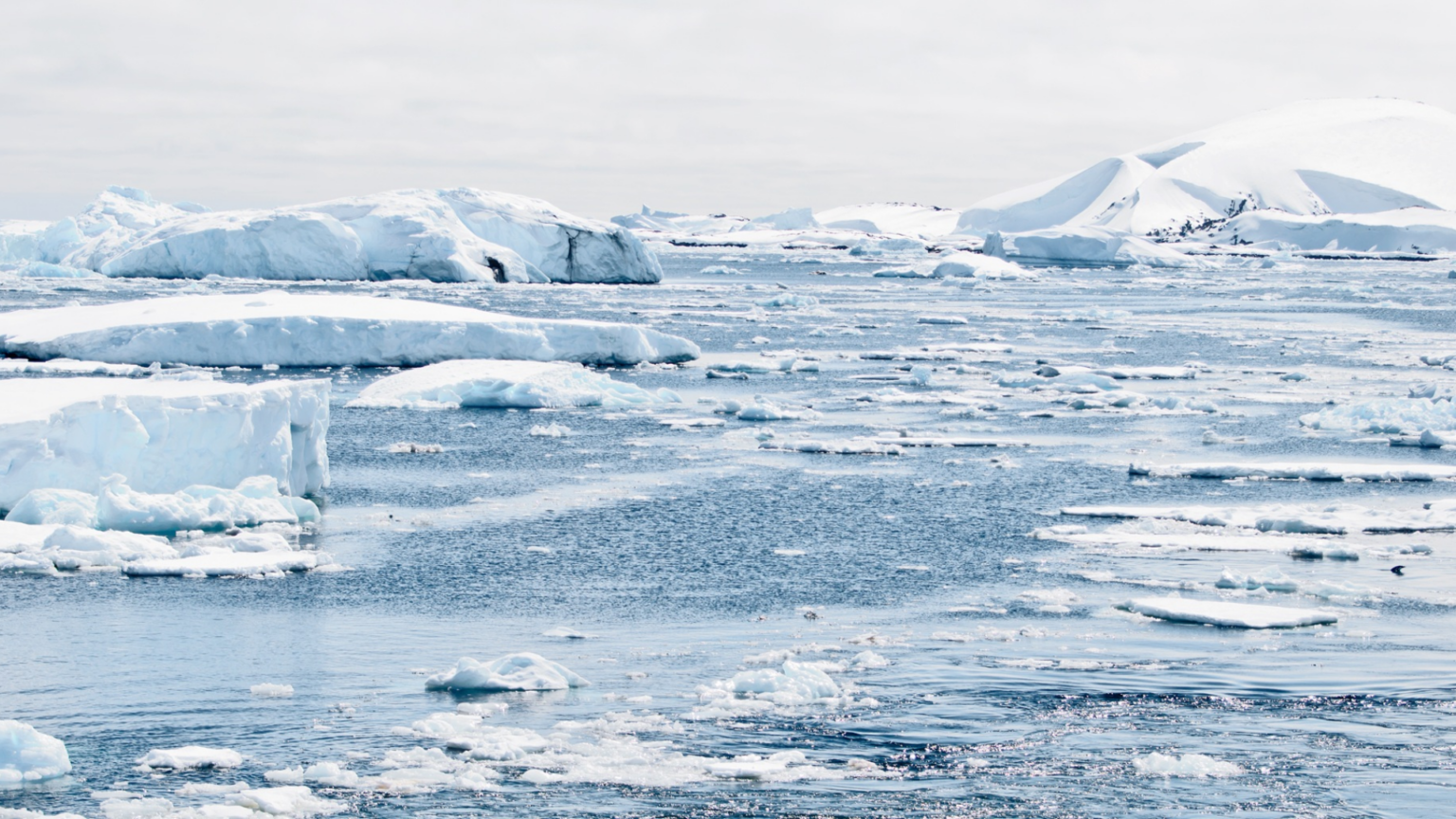The World Meteorological Organization (WMO) issued a “red alert” on global warming, reflecting on its climate change report. It highlights a significant increase in greenhouse gases, land and water temperatures, and glaciers and sea ice last year.
The UN’s weather agency, WMO, has confirmed that 2023 was the warmest year on record. The average near-surface temperature was 1.45 ± 0.12°C above the pre-industrial level. Moreover, this period is the highest in the past ten years.
The WMO predictions say there is a ‘high probability’ that 2024 will likely be another record-hot year.
Table of Contents
WMO’s report on climate change
The report reflects increasing danger to the crucial climate goal, i.e., limiting global warming to a maximum of 1.5 °C from the pre-industrial levels.
According to the European Union’s Copernicus Climate Service, the period between March 2023 and February 2024 exceeded the 1.5 °C threshold, with an average increase of 1.56°C.
In 2023, the temperature was at 1.48°C. However, a warmer beginning of 2024 raised the average temperature above the specified level.
Between 2015 and 2023, the past nine years were recorded as the warmest ever. The sudden rise in temperature from 2022 to 2023 is explained by the shift from La Nina to El Nino conditions in the middle of 2023.
El Nino and La Nina are the warm and cool phases of a recurring climate pattern called the El Nino-Southern Oscillation (ENSO) in the tropical Pacific. The year 2023 ended the three-year-long period of La Nina and started El Nino.
In 2022, the three leading greenhouse gases – carbon dioxide, methane, and nitrous oxide – reached their highest levels. Methane increased at the second-highest rate ever recorded, and nitrous oxide reached its highest rate.
However, the rate of carbon dioxide increase was slightly below the average for the past ten years. The WMO states this is typical in years starting with La Nina, as in 2022.
In 2023, nearly 30% of the world’s oceans experienced a marine heatwave, harming important ecosystems and food sources.
By the end of the year, more than 90% of the ocean experienced heatwave conditions at some time.
The data suggests that glaciers worldwide have lost most ice since 1950 due to extensive melting in western North America and Europe.
The global average sea level reached the highest ever recorded in 2023. The rate at which the global sea level has been rising in the past ten years (2014-2023) is more than double the rate of sea level rise in the first ten years of satellite recordings (1993-2002)
The impact of global warming
Global warming and climatic events significantly impact the world economies and societies on all continents.
The impacts include severe floods, tropical cyclones, intense drought and heat, and the resulting wildfires.
Tropical cyclone Mocha in May was one of the strongest cyclones in the Bay of Bengal, causing 1.7 million people to be displaced in Sri Lanka, Myanmar, India, and Bangladesh. Besides that, it has made the food shortage problem even worse.
Many areas worldwide experienced extreme heat, mainly affecting Southern Europe and North Africa in July.
The wildfire season observed in Canada was highly severe in 2023. The total area burned was 14.9 million hectares, nearly seven times the long-term average till now.
The large-scale burning resulted in smoke pollution in heavily populated areas of eastern Canada and the northeastern United States.
In 2023, the Greater Horn of Africa faced severe flooding after a long drought. It caused 1.8 million people to be displaced in Ethiopia, Burundi, South Sudan, Tanzania, Uganda, Somalia, and Kenya. Before this, around 3 million people had been displaced due to consecutive droughts.
Weather and climate hazards are making such challenges worse than ever. Food insecurity and population displacement are further causing secondary displacement. It is increasing vulnerability in communities that are already displaced due to conflict and violence.
“The climate crisis is THE defining challenge that humanity faces and is closely intertwined with the inequality crisis – as witnessed by growing food insecurity, population displacement, and biodiversity loss”
said WMO Secretary-General Celeste Saulo.
The worldwide number of people who are acutely food insecure has increased from 149 million before the COVID-19 pandemic to 333 million in 2023.
However, the WMO’s report says there is a “glimmer of hope.”
The renewable energy generation capacity has increased by 50% from 2022, for 510 gigawatts- the highest rate in the past two decades.
Climate leaders and ministers worldwide will gather at the Copenhagen Climate Ministerial on March 22-23 this year. The agenda is to accelerate climate action and deliver agreements for financing COP29.

4 Comments
Pingback: UN Say E-Waste Generation Rates 5 Fold Faster Than Recycling
Pingback: Planting Trees In Wrong Locations Leads To Global Warming
Pingback: Food Waste Report 2024: Nearly One-Fifth of Food is Wasted
Pingback: The Rising Cost of Easter Eggs: Impact of Climate Crisis and Exploitation - INPAC Times